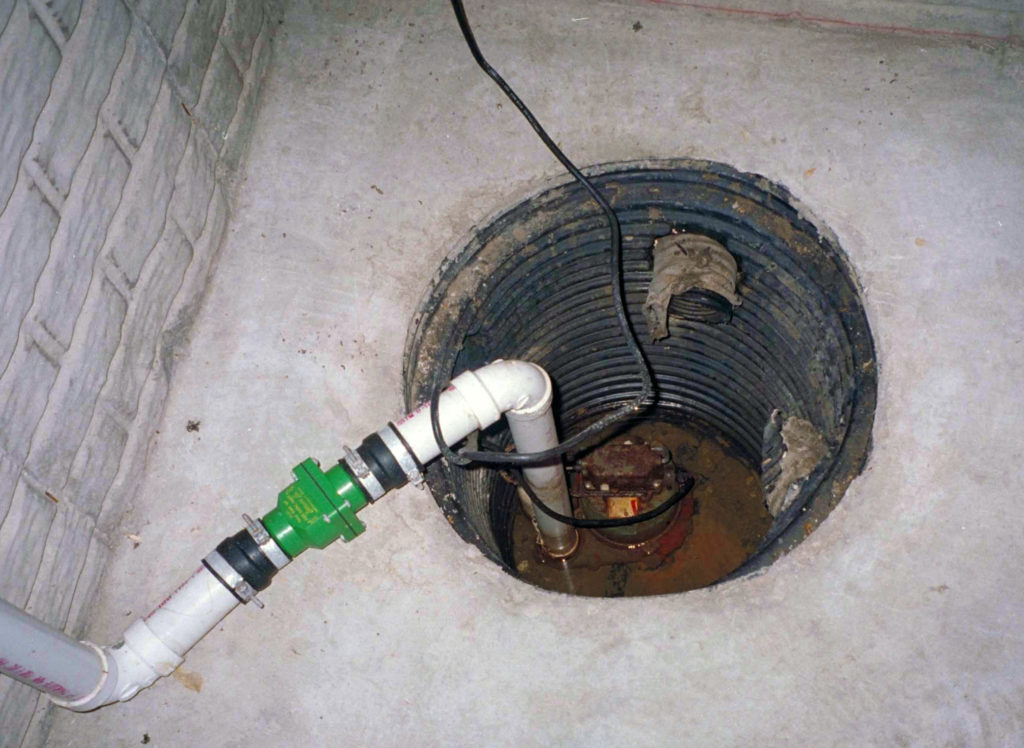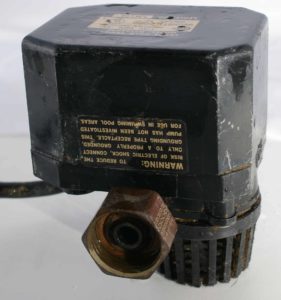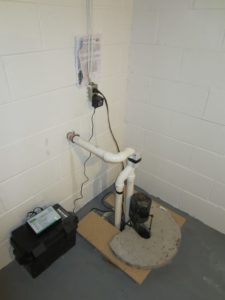Should A Sump Pump Always Have Water In It?

The average home’s sump pump will see a lot of water over its lifetime. This water is sometimes from a direct flow from rain or snowmelt; other times, it’s the result of seepage. Regardless of the source, you might be wondering, “should there always be water in the sump pump?”
The common answer is, “how much water is there?” If the level is high enough to run the sump pump all the time, it means that there is a larger problem with your home’s drainage.
How A Sump Pump Works
A sump pump has two parts: the pump and the pit. Water drains into the pit (properly placed at the lowest point of the home), and when it gets too full, the pump is activated and begins sending water away. Properly installed and kept in good condition, the sump pump will keep your basement from flooding.
The sump pump sits below the level of the floor so that it can drain out any water that flows around or penetrates the walls of the foundation. Using a float switch – a mechanism that turns on the pump when water causes it to float above a certain level – a properly-placed sump pump should turn on well before the water can rise to the basement floor.
Because it only turns on when the water gets to a certain level, a sump pump pit will often have at least a little water in it. During rainstorms or after the pumping cycle ends, a low level of water can form and stay at the bottom. But if the water in the pit causes the pump to turn on, even during dry periods with no recent runoff, a bigger issue is at play.
What Causes Continuous Water In The Sump Pump
 A sump pump that is always full means there is either a continuous flow of water into the pit or a pump malfunction. A high water table, partially blocked discharge lines, or burst pipes can all cause a constant flow into the pump pit:
A sump pump that is always full means there is either a continuous flow of water into the pit or a pump malfunction. A high water table, partially blocked discharge lines, or burst pipes can all cause a constant flow into the pump pit:
- If the water table is too high, raising the sump pit can help. You might also want to think about upgrading the system or installing an extra sump pump in another part of the basement.
- If your discharge lines are blocked, the pump will be unable to expel any of the water it collected. Make sure your discharge lines are free of blockages and frozen water so that it can send water far away from your foundation, even during the winter!
- Burst pipes are a common cause of water forming in the sump pump. It may be a broken sprinkler system in your yard or a broken sewer pipe.
If you hear the pump running nonstop, it isn’t always an issue with drainage. Check to see if there’s a mechanical fault with the pump causing it to run even when the pit is dry: check for jammed float switches or a faulty check valve (a valve in the discharge line that stops water from flowing back to the pump).
If you’re unsure, have a professional perform an inspection of the foundation and sump pump pit. An expert can diagnose the problems that cause too much water to accumulate in the pump pit and help you put an effective drainage solution in place.

